Fate reigns supreme in film noir, but that doesn’t mean we don’t love us some zodiac fun. Hope your February is full of luscious roses and flashy rocks. And happy birthday, Aquarius and Pisces!
A special shout-out to Aquarians Clark Gable and John Ford (both Feb. 1), Lana Turner (Feb. 8), Jennifer Aniston (Feb. 11), Kim Novak (Feb. 13) and Pisces women Drew Barrymore (Feb. 22), Joan Bennett and Elizabeth Taylor (Feb. 27).
Aquarius (January 21-February 19): As you mark your birthday or extend the celebration, remember to be patient with people who (yawn!) lack your vision and courage. Be creative, solve problems, then go with the flow while the rest of the world catches up with you. If you’ve just begun dating someone, you needn’t be available 24/7 but do make time to hang out. It’s surprising how both sides can lose interest if too many days go by without reconnecting. In a relationship? Take the lead this Valentine’s Day and make it a Monday to remember.
Pisces (February 20-March 20): This month is all about celebrating the youness of you, especially if it’s your birthday. There is a project that calls for your expertise and you are well placed to provide direction. Lovely! But do not get roped into executing the nitty-gritty tactics, just because someone asks you nicely. On the social front, keep in mind the old saying: If you can’t be good, don’t get caught. You may need Excel to track your suitors as Valentine’s Day approaches. If you’re in an exclusive relationship, a long romantic weekend may be in the cards. Pay special attention to details on the weekend of the 18th. [Read more…]
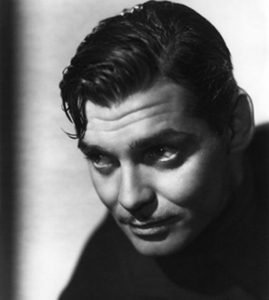
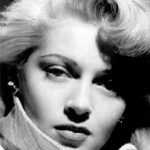







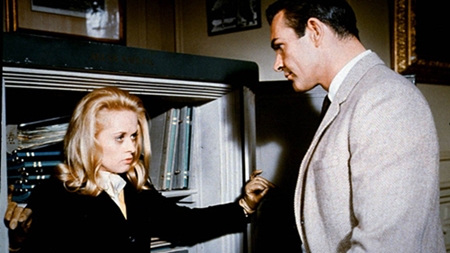
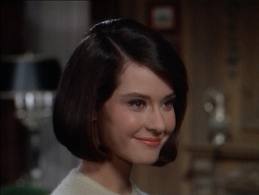
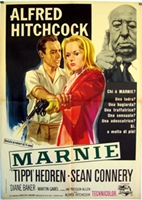

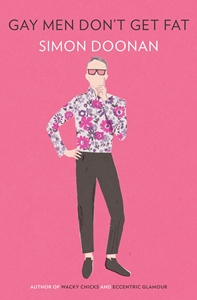
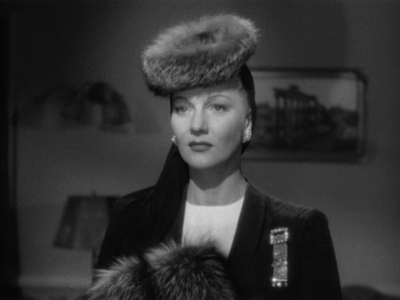
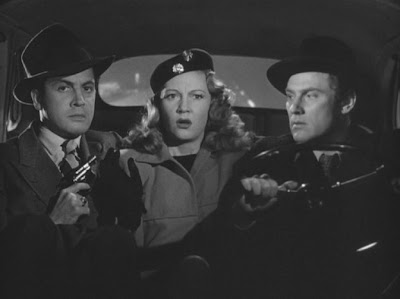

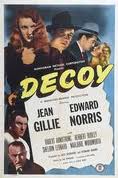

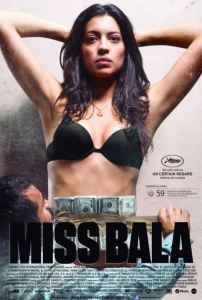
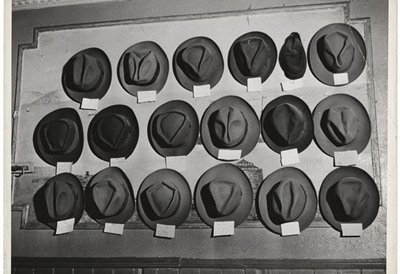
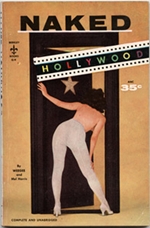





From FNB readers